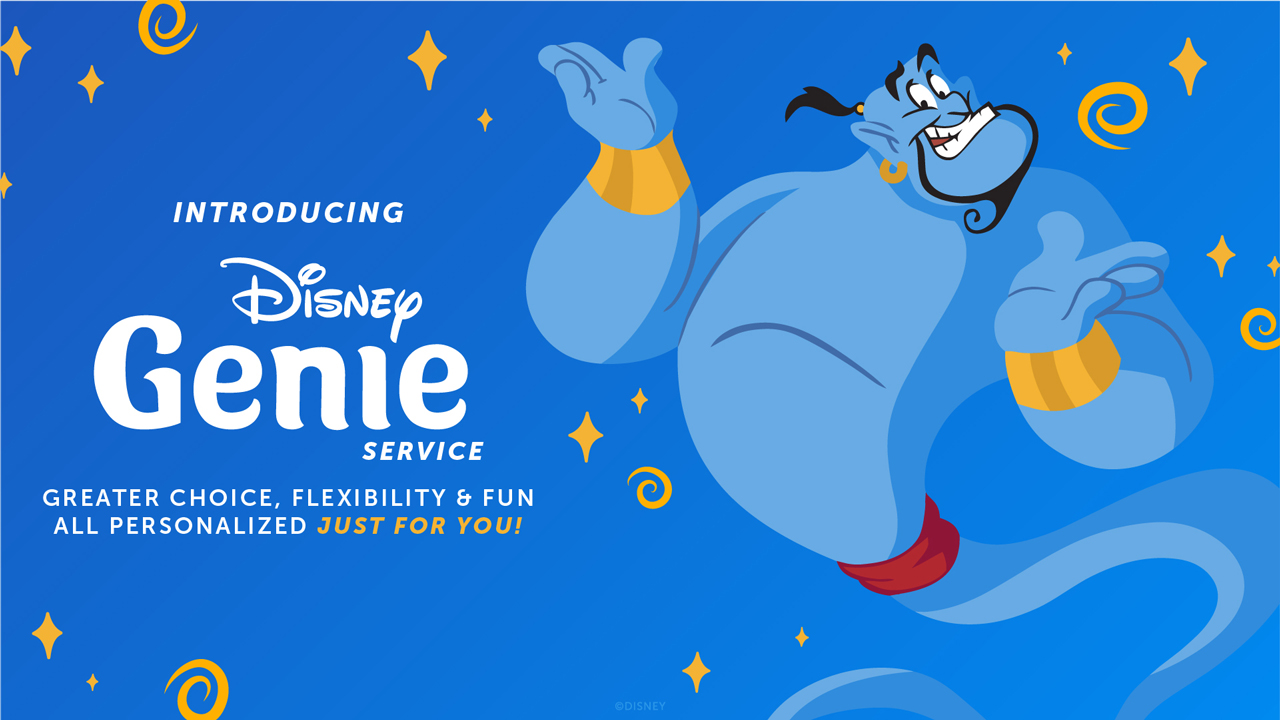I’m curious why they doubled down then not only on FP (albeit paid) and VQs, but also on Mobile Order, which is effectively FP for food.
These issues are looked at individually by both the guest and Disney.
People don’t like waiting more than about 20 minutes, which is the point when we start to notice we have been waiting. If you had a scenario where you had to make people wait a total of two hours in line for a whole day you’d be better off breaking that apart into 15 minute chunks instead of just doing it all at once and being done with it. The total
amount of waiting is the same but our perception is very different, no waiting versus an absurd wait. Now here comes the horribly moralistic and arrogant part, virtual queues offer a perceived solution to this problem. FastPass originally promised a wait of 20 minutes or less because Disney knew that was the threshold of perception. People here have talked about how they “didn’t wait” but it turns out they didn’t somehow always luck into a perfect walk on scenario every time, they were just within that window where they didn’t perceive themselves as waiting. Guests are not, nor should they be, thinking about how the entire park operates. They see a solution and tell surveys that’s what they want. This virtual queue got them out of the ride line so it’s great, it’s a ride related offering that solved a ride related negative, that it took forever to get lunch and buy a souvenir is viewed as completely separate issues.
In a lot of other entertainment venues reservations do work to control and manage crowds and capacity. Think of a movie theater. It used to be that if there was a big movie you’d get there really early, stand in line, buy a ticket and then go find a seat. Inevitably you’d have a group or two that could not sit together because even though one ticket per seat was sold people did not efficiently organize themselves for seating. To not have to deal with that big line out front theaters started pre-selling tickets. Then they started letting you reserve seats. People can see what’s available, chose where they want to sit and pick a different time based on their preferences. This gets rid of the lines (and the labor to serve those lines, which Mobile Order is supposed to provide) and the issues with people finding seats but as the theater owner it’s not necessarily the most efficient system for me. Given options there are scenarios where the system to slot everyone in pushes them out more because now you know your preferred seat is available at this time and not that time, etc. If you’re a theater owner your ideal scenario would be that people tell which movie they want to see and you’ll them when to see it and where they will sit. You could then work to fill every showing. Instead of two 45% full showings you can combine those into one 90% full showing. This last phase was Disney’s big dream with Genie. They’d give you an itinerary and you would go where they want you to go to maximize operational efficiency.
The big negative impact Eisner had in the parks wasn’t being cheap, but changing the business model. The parks were once viewed in their entirety, all of Walt Disney World was the business and the goal was for Walt Disney World to be profitable. That was changed to every aspect of the resort being viewed as its own business expected to generate profit. It’s why every store switched to carry the same stuff. Attractions are big and expensive, they don’t generate revenue directly so they were deprioritized to contain costs and push revenue generation. Everything needed to be more and more efficient. That collided with cheapness and created the perverse scenario where you get the world’s busiest theme park having less dining capacity today than it did 30 years ago because it’s more efficient to make people wait than to run an extra venue.
All of that combines to everything being considered and viewed in a silo. Guests see these systems in place in the parks and now other places and perceiving them as a solution want them. Then you get this business environment so focused on the now and confined to isolated lanes that things break down. If you’re job is to deal with people complaining about lines and you know you can’t build more and people are asking for this virtual queue it’s a lot easily to sell your boss you has never worked in a theme park, who expects you to stay in your lane, on the seemingly easier to implement virtual queue system. Now they’re stuck in this vicious cycle. Capacity has been strained so much that getting out of that hole would cost a fortune and everyone is stuck in their silo just trying to deal with today.

